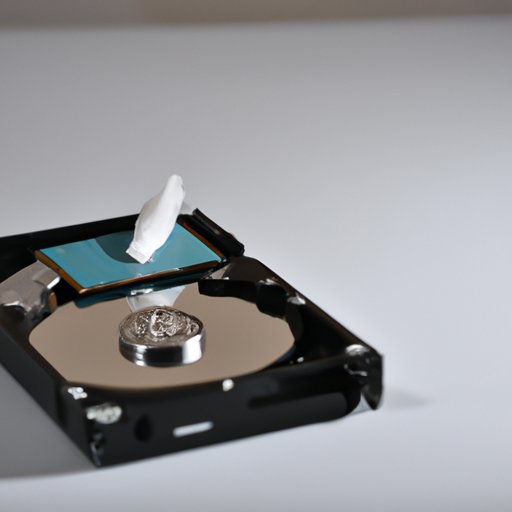
Introduction
Whether you’re selling or recycling your old computer or just want a fresh start, wiping your PC is an important process to ensure the safety of your data. But how do you completely wipe a PC? In this article, we’ll explore everything you need to know about wiping your PC and protecting your personal data.
Why Wipe a PC
There are several reasons why someone might want or need to wipe their PC. One of the most common reasons is to protect personal or sensitive data from getting into the wrong hands. For example, if you’re selling your old PC, wiping it ensures that none of your personal information remains on the device, protecting you from potential identity theft.
Another reason is to improve PC performance by removing old files, programs, and settings that are no longer needed.
Whatever the reason, it’s important to wipe your PC completely to prevent any chance of data breaches or identity theft.
Methods and Tools for Wiping a PC
There are several different methods and tools available for wiping a PC. The most common method is to use specialized software that securely erases all data on the hard drive. Another option is to manually delete files and folders, but this method may not be as thorough.
It’s important to note that wiping a PC isn’t as simple as just deleting all files. Some files and data can still be recovered if they’re not properly erased.
When choosing a method, it’s important to consider the level of security you need. For example, if you’re wiping a PC that has sensitive financial or personal information, you may want to use a software option that provides a higher level of data security.
There are many software options available for PC wiping, both free and paid. Some popular options include CCleaner, DBAN, and Secure Erase.
Preparation for Wiping a PC
Before wiping your PC, you need to take a few important steps to ensure you don’t lose any important files or data. The first step is to back up any files you want to keep. You can do this by transferring them to an external hard drive, cloud storage, or another device.
Next, make sure you have any installation media, such as a CD or USB drive, that you will need to reinstall an operating system or other software after the wipe.
Finally, make sure you have any product keys or licenses you will need to reinstall any software you want to keep.
How to Wipe a PC
Now that you’ve backed up your important files and prepared for the wipe, it’s time to get started.
Follow these steps to completely wipe your PC:
- Boot your PC from a CD or USB drive with wiping software installed, or use built-in wiping software if available.
- Choose the wiping method you wish to use and follow the prompts to begin the process.
- After wiping is complete, reinstall an operating system or other software as necessary.
If you’re using a software option like CCleaner, you can follow these steps:
- Download and install CCleaner from their website.
- Open CCleaner and choose the option to wipe free space.
- Select the drive or partition you want to wipe, and choose the level of security you want.
- Click “Wipe” and wait for the process to complete.
- Reinstall an operating system or other software as necessary.
Troubleshooting and Common Issues
As with any computer task, issues can arise during the wiping process. If you encounter any of the below issues, try these tips:
PC freezes or crashes during wiping: Try restarting the process and making sure you have the latest version of the software you’re using.
Wipe fails to complete: Try using a different wiping method or software, or seek out professional assistance.
Important files deleted by mistake: If you accidentally deleted important files, try using file recovery software to retrieve them before wiping your PC.
Conclusion
Wiping your PC can seem like a daunting task, but it’s an important process to ensure the safety of your data. In this article, we discussed the different methods and tools available for wiping a PC, the importance of preparation, and common issues you may encounter. By following the steps outlined here, you can securely erase your data and protect yourself from potential data breaches and identity theft.





